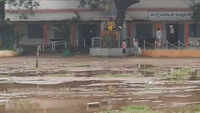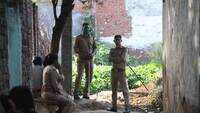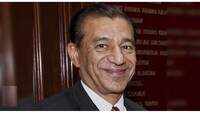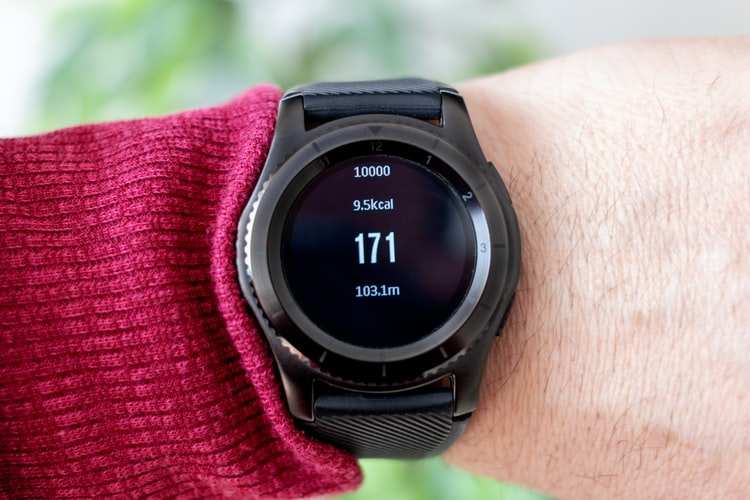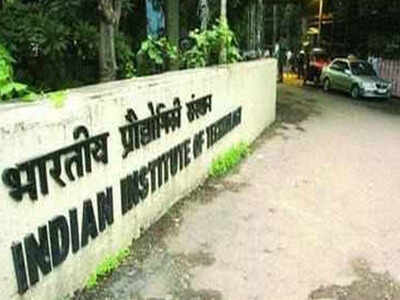
HYDERABAD: Researchers from Indian Institute of Technology, Hyderabad (IIT-H) have developed a model that can help the government and administrators predict an ongoing epidemic.
As part of the research titled ‘using epidemic simulators for monitoring an ongoing epidemic’, researchers from the department of biomedical engineering used cumulative infection data from 12 states from mid-March and mid-April to predict the Covid-19 trends of succeeding 10 day period. Primary intention behind building the model is to monitor localized response using dashboards.
“Every day, the number of active and recovered Covid-19 cases, deaths change. While the government has the data on its fingertips, they don’t really have a way to know if it is the result of their mitigatory measures or a result of new external factors. This is where our model comes into picture where it can help administrators make sense of the large pool of data,” said Prof Mohan Raghavan, lead researcher and assistant professor, biomedical engineering department, IIT-H, adding that the data used for the model was sourced from www.covid19india.org.
A key constraint impose on models is that while it should be able to explain short term trends and effects of interventions, it must also be capable of providing intuitive connections between observed trends and changes in underlying parameters.
The model developed by the IIT-H researchers will help administrators estimate time varying interventions that recreate trends in cumulative infections by applying suitable interventions, thereby estimating the underlying changes in epidemic dynamics. It presents a method by which administration may get an objective estimate of several aspects of an ongoing epidemic such as the efficacy of contact tracing apparatus, possible influx of infected, extent of social distancing or transmission.
“Since the model captures the active cases as a function of administrative response, this can be a valuable tool to plan and allocate resources where necessary,” read the research paper, which was published in the Nature Journal, Scientific Reports on October 6.
The model can be further extended to estimate the effort required for achieving a level of contact tracing. “This can be of vital importance for the administration in planning their strategies and estimating requirements of health workers, law enforcement agencies for contact tracing. Not just that, the administrators can also monitor impact of the policy decisions made by them,” said Prof Kousik Sarathy who was also associated with the study.
As part of the research titled ‘using epidemic simulators for monitoring an ongoing epidemic’, researchers from the department of biomedical engineering used cumulative infection data from 12 states from mid-March and mid-April to predict the Covid-19 trends of succeeding 10 day period. Primary intention behind building the model is to monitor localized response using dashboards.
“Every day, the number of active and recovered Covid-19 cases, deaths change. While the government has the data on its fingertips, they don’t really have a way to know if it is the result of their mitigatory measures or a result of new external factors. This is where our model comes into picture where it can help administrators make sense of the large pool of data,” said Prof Mohan Raghavan, lead researcher and assistant professor, biomedical engineering department, IIT-H, adding that the data used for the model was sourced from www.covid19india.org.
A key constraint impose on models is that while it should be able to explain short term trends and effects of interventions, it must also be capable of providing intuitive connections between observed trends and changes in underlying parameters.
The model developed by the IIT-H researchers will help administrators estimate time varying interventions that recreate trends in cumulative infections by applying suitable interventions, thereby estimating the underlying changes in epidemic dynamics. It presents a method by which administration may get an objective estimate of several aspects of an ongoing epidemic such as the efficacy of contact tracing apparatus, possible influx of infected, extent of social distancing or transmission.
“Since the model captures the active cases as a function of administrative response, this can be a valuable tool to plan and allocate resources where necessary,” read the research paper, which was published in the Nature Journal, Scientific Reports on October 6.
The model can be further extended to estimate the effort required for achieving a level of contact tracing. “This can be of vital importance for the administration in planning their strategies and estimating requirements of health workers, law enforcement agencies for contact tracing. Not just that, the administrators can also monitor impact of the policy decisions made by them,” said Prof Kousik Sarathy who was also associated with the study.

Coronavirus outbreak
Trending Topics
LATEST VIDEOS
More from TOI
Navbharat Times
Featured Today in Travel
Get the app

